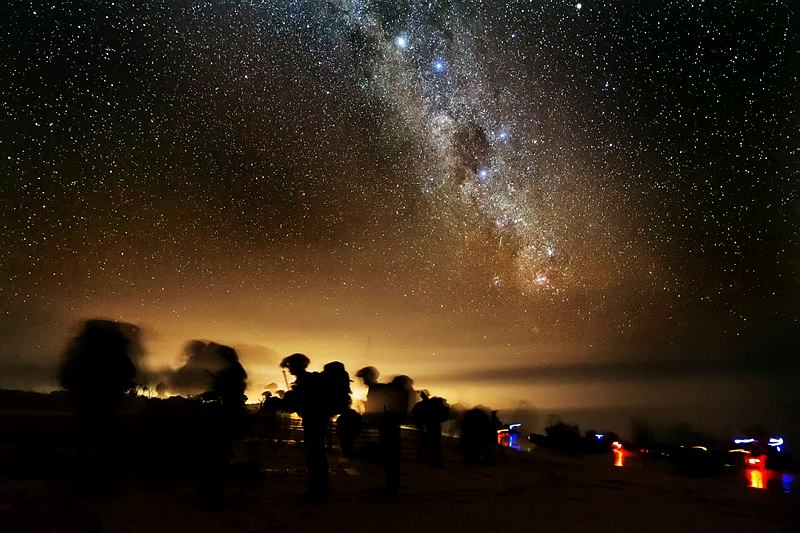With RAN’s new amphibious assault ship HMAS Canberra continuing a series of intensive training and assessment periods, and its sister ship HMAS Adelaide readying for commission next year, Australia’s amphibious warfare capability is fast becoming a reality.
Of the ADF’s three services, it’s Army that faces the greatest challenges when it comes to the acquisition of an amphibious warfare capability. Our recently released ASPI Strategy paper, ‘Beyond 2017: The Australian Defence Force and Amphibious Warfare’, argues the need for structural change in Army and explores the various options available.
More than three years ago, Army made a strategic decision to build a sustainable, balanced force not optimised for any specific mission, but adaptable and ready for broad spectrum warfare. The requirement for a highly capable joint amphibious force does not change the strategic logic of Plan Beersheba or the utility of the model of three similar combined arms brigades.
However Plan Beersheba doesn’t yet adequately meet the potential demands for joint amphibious operations within the ADF’s primary operating environment and the broader Indo-Pacific region.
There are three main options proposed within Army for developing amphibious capability and addressing force generation issues: provide a niche capability, provide depth without much breadth across the forces, or spread the capability across the force and sacrifice depth. In assessing this issue we specifically address the need for Army to maintain a constant ready brigade and an amphibious ready element as well as the ability to provide a surge capacity to an amphibious ready group.
The first option is to maintain the status quo: that is, maintaining the 2nd Battalion, Royal Australian Regiment (2 RAR) as Army’s dedicated amphibious unit forming the core of the ground combat element (GCE) of the ADF’s amphibious landing force. 2 RAR would remain a part of 3rd Brigade, who would hold the additional responsibility of overseeing the raising, training, and sustaining amphibious warfare capability within these battalions. However this option, as the Chief of Army noted at the time of the designation of 2 RAR to this role, was only ever meant to be temporary.
The second option would be to create an amphibious brigade out of 3rd Brigade. Designating an amphibious brigade provides a high degree of specialisation to one part of Army but this option would ‘break’ the Beersheba model and would raise questions as to the role of the other two brigades.
A third option would be to rotate responsibility for Army’s amphibious capability across the whole of Army as part of the Beersheba force generation cycle. Under this option, the ready brigade will be able to fill out most of the landing force enabling capability. However, it suffers from the lack of specialisation in key amphibious warfare tasks, running the risk of being a ‘mile wide and an inch deep’.
We believe that there’s a fourth option open to Army that would provide both depth and breadth and leverage the enabling capabilities in Army. Under this model, Army should continue to develop 2 RAR as its specialised amphibious unit. By rounding out 2 RAR to three combat teams to operate an internal reset, readying and ready cycle, and modifying its task organisation to include a small boats company and the permanent attachment of key combined arms elements, the Army would harness the depth of knowledge and skills that it’s been fostering in this unit and provide the core of the ground combat element (GCE) for any amphibious force.
Such a plan would also involve the specialisation of other combat support, combat service support, and aviation elements in amphibious operations to support an Amphibious Ready Element (ARE). Though this may not be possible to achieve by 2018, especially in areas such as aviation, the ADF should seek to move in this direction with a clear understanding as to which elements and tasks require greater specialisation in amphibious operations.
However a high readiness ARE won’t provide sufficient combat power in most contingencies. The additional combat power required to surge to an Amphibious Ready Group (ARG), while maintaining the integrity of Plan Beersheba, should come from within the ready brigade.
In this organisation the ready ARE combat team from 2 RAR would form the core of the GCE and the ready battle group would round out the ARG. This would require that during the readying cycle of Plan Beersheba, ready battle groups must be trained to a minimum standard of proficiency (as opposed to expertise) in amphibious operations.
This model will mean that within six years every infantry battle group in Army would have received training, instruction, experience and deployments in amphibious operations. The continuation of this cycle will develop existing knowledge in amphibious operations across Army.
This tiered readiness model would provide both a depth of specialists in amphibious warfare (2 RAR and dedicated enablers) and a breadth of proficiency across the whole force. Implementing this system of tiered amphibious readiness and capability would provide a uniquely Australian solution to a uniquely Australian amphibious warfare challenge.


